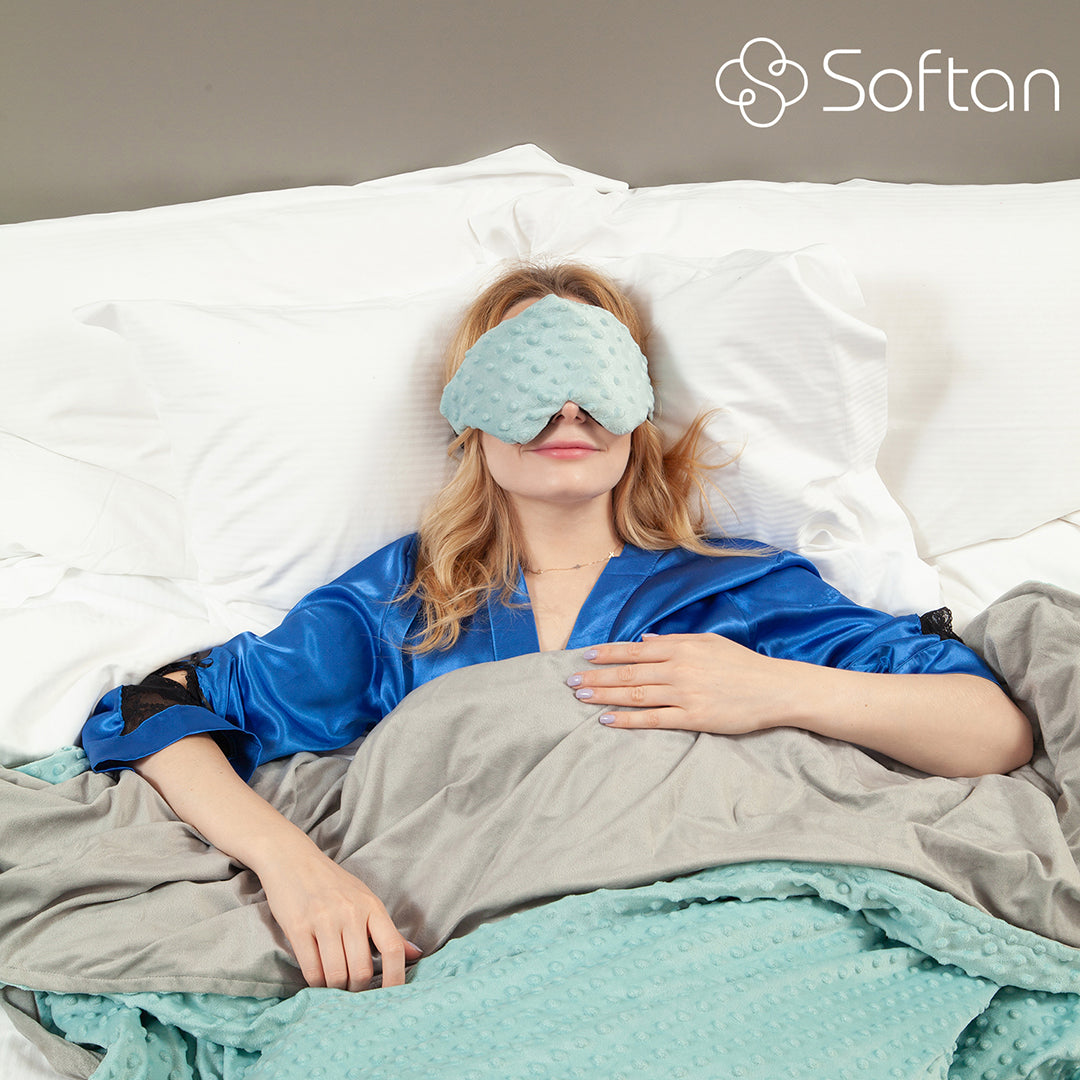What is the scientific basis of the gravity blanket? How does the gravity blanket help sleep? Is there any medical proof? Of course, when it comes to gravity blankets, it is much better than other medications. It has no side effects and injuries. You only need to cover the quilt. Here is some specific scientific evidence.
How can a thick blanket help these patients?
The idea of weighted blanket therapy (also known as deep touch therapy) can be traced back to a basic human behavior that has calmed us. Clinical studies have shown that when the touch stimulates certain pressure points on the body, the brain releases serotonin. This neurotransmitter is responsible for regulating various brain functions, including sleep and mood.
“Historically, Native Americans and other indigenous tribes from around the world automatically wrap their babies around their crotch or cradle to ease their irritability,” autism pedigree consultant Tony Boucher told E-mail ". “Today, innovative hospitals and birthing centers continue this practice. For those who continue to need stress beyond their infancy, weighted blankets are a clever extension of this idea.”

The key to this stimuli is the heavy feeling of the blanket, which can create deep stress. In addition to cockroaches, this pressure exists in hugs as we stroke the animals.
“In contrast, mild touch pressure is a more superficial stimulus to the skin, such as itching, very slight touch, or hair moving over the skin,” Dr. Temple Grandin, in the Journal of Child and Adolescent Psychopharmacology. Written. “In animals, the itching of flies on the skin can cause the cow to kick, but the firm touch of the farmer calms her down. The occupational therapist observes a very slight touch that can alert the nervous system, but the deep pressure is Relax and calm."
Multi-purpose therapy
Initially, deep touch pressure stimulation was used to help children with ASD or SPD. These children often feel overwhelmed, which means they have difficulty filtering out the background sensory information. This can lead to anxiety, anxiety and trouble involved in sitting activities and ongoing tasks. Of course, sleeping in this state is also very difficult.
Studies have shown that weighting blankets can help children with ASD fall asleep. The child not only benefits from the release of serotonin from the blanket but also benefits from a decrease in heart rate and blood pressure caused by the sedative effect. This allows for more control, in turn, a better break
Aggravated blankets and deep touch pressure are also beneficial for those who do not have a specific sensory impairment. A 2004 study involved participants complaining about sleep dysfunction, stress, and pain, and when the level of cortisol at night decreased, the patient used blankets to weight the "grounding" of sleep. A reduction in cortisol, a major stress hormone, results in better overall sleep quality.
Another paper found that 63% of study participants reported a lower level of anxiety after using a weighted blanket, a benefit that has been confirmed in subsequent papers. Because treatment is safe, patients with multiple diseases are given a weighted blanket at a time - and they benefit those with post-traumatic stress disorder, obsessive-compulsive disorder, attention deficit hyperactivity disorder, and all types of anxiety.
Like any medication or therapy, deep stress stimuli don't help everyone. However, as a treatment with few side effects or dangers - except those with previous breathing or circulation problems - aggravating blankets can provide a feeling of calm and comfort that has long since escaped.
Do you understand now?

